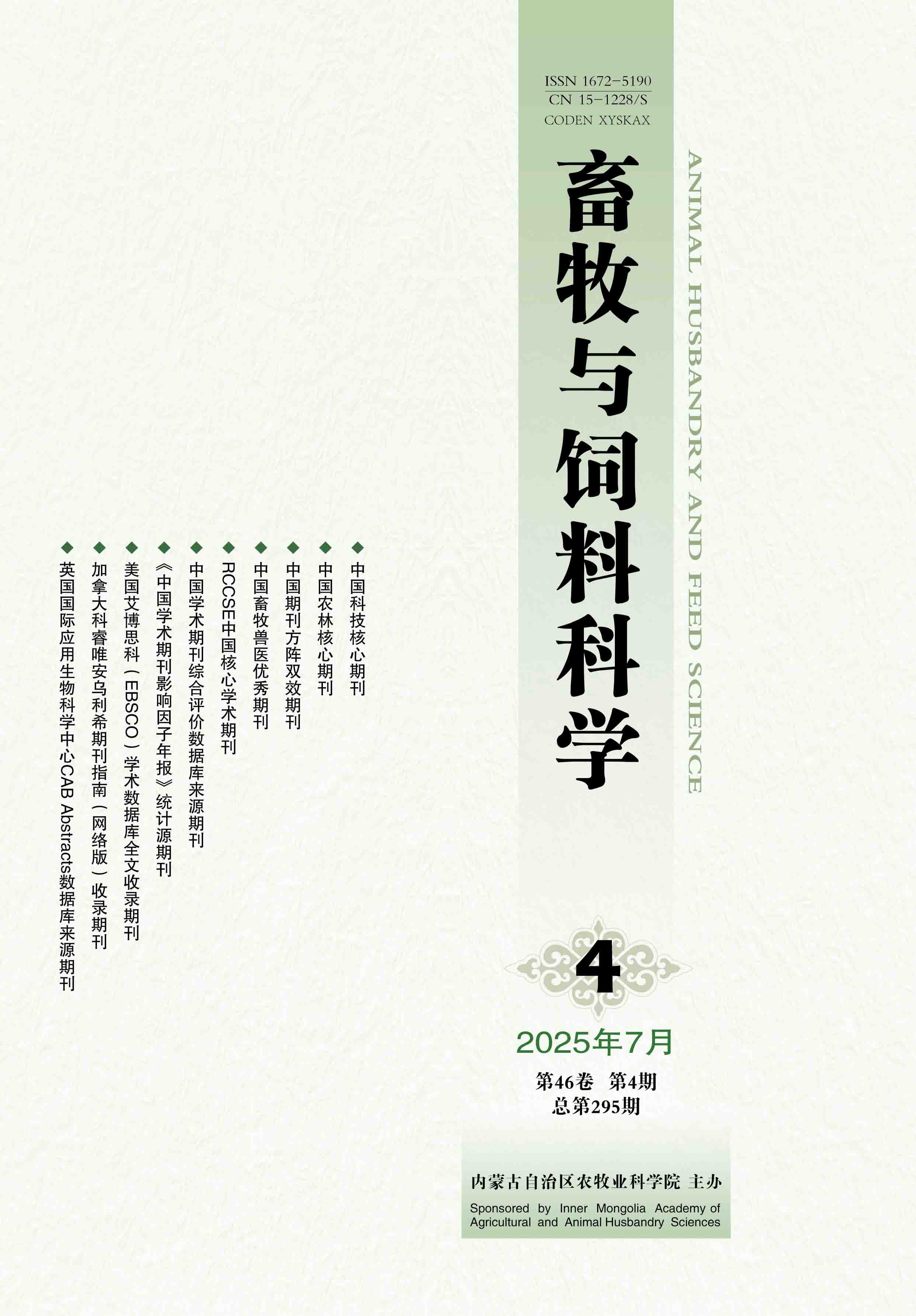[Objective] This experiment was conducted to assess the effects of different deworming drugs on blood biochemical indexes in Yili horses, and to provide references for their scientific deworming and healthy farming. [Method] A total of 40 1-year-old Yili horses with an average weight of (265.5±35.6) kg and similar birth dates were randomly divided into 5 groups with 8 horses in each group, which were control group, experimental group Ⅰ, experimental group Ⅱ, experimental group Ⅲ and experimental group Ⅳ, respectively. Under the same feeding management and dietary nutrition level, on day 1 of the experiment, the horses in the experimental groups Ⅰ, Ⅱ, Ⅲ and Ⅳ were dewormed using ivermectin, praziquantel, albendazole as well as combination of ivermectin and albendazole, respectively, while those in control group received no deworming drugs. On day 14 of the experiment, blood samples of the horses were collected, and the plasma indexes of nitrogen metabolism, glucose and enzyme, lipid metabolism, and metal ion were determined. [Result] ① The experimental group Ⅲ had the lowest TP concentration, which was decreased by 8.16%, 7.15%, 4.98% and 6.62% respectively compared with that in control group as well as the experimental groups Ⅰ, Ⅱ and Ⅳ(P>0.05). There was no significant (P>0.05) differences in the concentrations of ALB and UREA between the control group and the experimental groups, while the concentration of UREA in the experimental groups Ⅲ and Ⅳ was decreased by 33.15% and 36.10% respectively compared with that in the control group (P>0.05). ②The activity of ALT in the experimental groups Ⅰ, Ⅱ, Ⅲ and Ⅳ was reduced by 26.51%, 21.11%, 47.14% and 52.38% respectively in comparison to that in the control group(P>0.05). The activity of ALP in the experimental group Ⅲ was lowered by 0.19% than that in the control group(P>0.05). The experimental groups Ⅱ and Ⅳ had significantly (P<0.05) higher activity of LDH compared with that in the control group, which was elevated by 17.84% and 13.51%, respectively, and the activity of AST was increased by 5.40% and 4.08% (P>0.05), respectively. ③There were no significant (P>0.05) differences in concentrations of TG, CREA and UA between the control group and the experimental groups. The concentration of CREA in the experimental groups Ⅰ and Ⅳ were elevated by 13.38% and 9.86% respectively compared with that in the control group (P>0.05). The activity of CHE in the experimental group Ⅱ was significantly (P<0.05) higher than that in the experimental group Ⅲ, which was increased by 17.70%. ④No significant (P>0.05) difference in concentration of Mg2+ between the control group and the experimental groups was observed. The lowest concentration of Ca2+ was found in the experimental group Ⅲ, which was reduced by 23.44%, 16.40%, 25.89% and 21.43% respectively compared with that in the control group (P<0.05). [Conclusion] In general, deworming with the combinative administration of ivermectin and albendazole has better performance in improving the plasma indexes associated with nitrogen metabolism as well as glucose and lipid metabolism, and metabolic enzyme activity associated with liver function in Yili horses.








